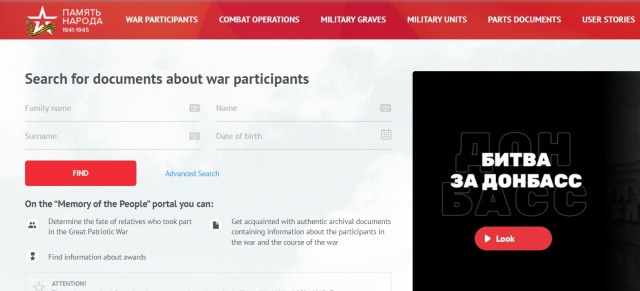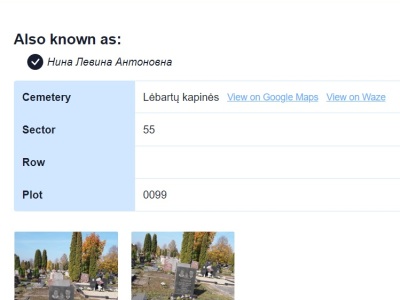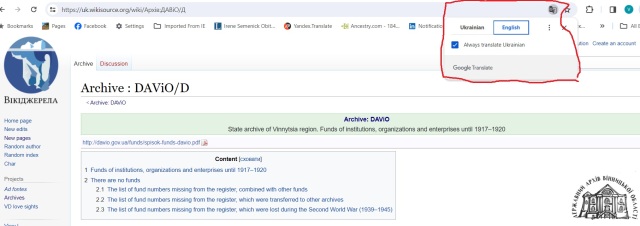The Memory of the People: 1941-1945 database has been updated once again to expand the coverage of the men and women who served during WWII for the Soviet Union.
The latest update has added:
- 6.1 million records on injured soldiers
- 2.6 million records from soldier lists
- 269,000 records from military transit points
- 162,000 records on soldier deaths
- 144,000 records on soldier burials
That puts the database with more than 109 million pages of digitized records from WWII. Some of the pages on soldiers have the soldiers’ service photos. Yes, the database does not involve registration or any fees and the digitized records and photos are easy to download. And no, this information cannot be found in English on any free genealogy website. (Link in English but searches must be done in Russian. See directions below for those don’t know Russian.)
The database provides detailed information on soldiers that includes full name, date of birth, place of birth, location for call of duty, map of the individual’s battle route and awards received, with photos of awards and scans of original documents. Documents and photos can be saved by right clicking on Windows-based computers and control-clicking on Macs.
A video guide can be viewed here for those unfamiliar with Russian to make the database less intimidating. Also download this file-FLRUF military database cheatsheet– to know the search categories in English.
Here’s how to take advantage of this database without knowing Russian.
- Have Google Translate in the next window for translating names and places. The results can be copied and pasted for translation. Downloading the Google Translate app or another web browser translator for your device is highly recommended to see the database in English.
- If Google Translate doesn’t work for certain names, try Transliterating English to Russian in One Step.
- Start the search with as much information as possible. If results don’t appear, take away one search keyword at a time.
- Remember that towns and villages can be spelled different than personally known. The birthplace of my great-grandfather is listed in two different neighborhoods and spelled randomly with an o and a on the end.
- Open a document for copying and pasting results. Also, keep a list of people, surnames and villages/towns/cities searched in a document.
- Don’t assume that female relatives didn’t serve in the war and don’t forget to search for relatives who were young teenagers during the war.
- If results can’t be found on direct relatives, try searching for cousins, no matter how distant. It sometimes takes a random cousin to bring new life to research.
- Remember the importance of the patronymic names (middle name based on the father’s first name such as Ivanovich and Nikolaevich). If particular people can’t be found, look for people with the same surnames and patronymic names from the same village and town. Those people could be unknown siblings of relatives.
- Keep a close eye on the results because names of places duplicate throughout the former USSR. You’ll need to know the neighborhood (raiyon) and region (oblast) where your relatives lived.
- In case typos have occurred, it is recommended to search solely by village or town. Copy and paste the village or town name translated in Russian into the place of birth search box to view everyone who is included in the database from that location.
- Make screen shots of positive and potential results.
Those who didn’t find any useful information from this update could find information when the database is updated again. The database, now almost 9 years old, is updated every year.
You just read the 350th post to this blog, which has been running since 2011. More and more records for your Russian and Ukrainian genealogy are going online so follow this blog with the top right button to stay up-to-date on the latest free resources .
Related posts:
New WWII database documents 200,000 partisans who fought the Nazis
New WWII databases reveal amazing information, honoring 75th anniversary of victory
New database documents 1 million WWII citizen heroes who defended Moscow
New WWII Soviet Army database gives faces to veterans





